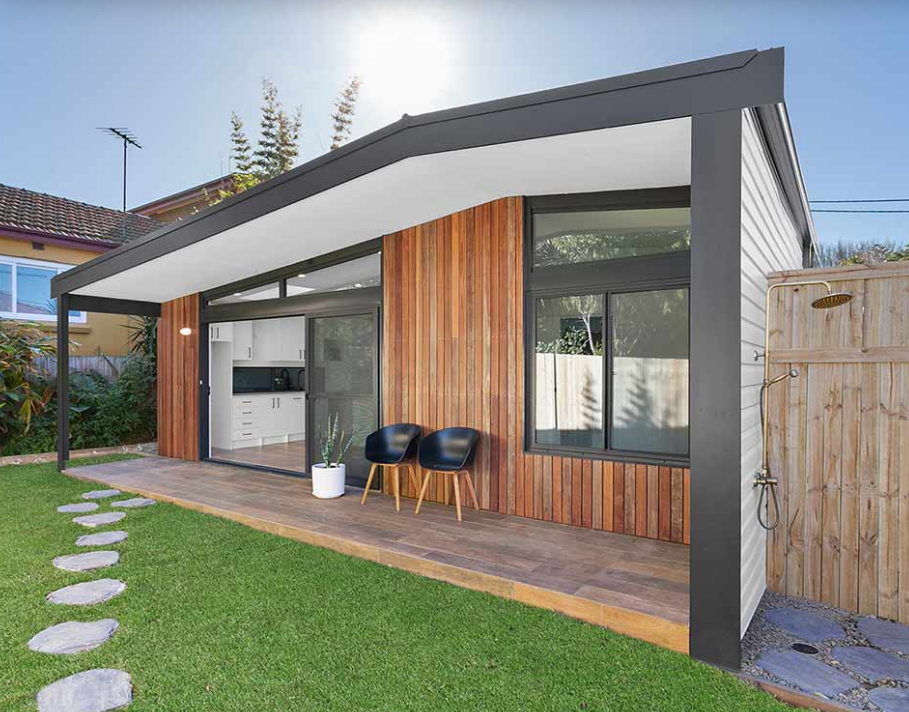Starting in real estate investment feels intimidating because there are so many different paths you can take, each with its own requirements, risks, and potential returns. Real estate investment options range from directly owning rental properties to more passive approaches like REITs, with various hybrid models in between. Understanding what’s actually available helps you match investment approaches to your financial situation, time availability, and risk tolerance. Research shows that real estate remains one of the most reliable wealth-building tools over time, but success depends heavily on choosing the right approach for your circumstances rather than just jumping into whatever seems popular at the moment.
Direct Property Ownership
Buying rental properties is what most people think of first. You purchase a house or apartment, rent it to tenants, and collect rental income while hopefully the property appreciates in value. This gives you direct control over your investment and lets you benefit from leverage through mortgages.
The upside is tangible—you own something physical, can make improvements to increase value, and benefit from both rental income and capital growth. Tax benefits like depreciation and expense deductions improve returns. If you choose well and manage properly, rental properties can generate solid long-term wealth.
Downsides are significant though. You need substantial upfront capital for deposits and purchase costs. Management takes time and effort dealing with tenants, maintenance, and problems. Properties are illiquid—you can’t quickly sell part of your investment if you need cash. Costs like vacancies, repairs, and interest rate increases can hurt cash flow badly.
Location selection matters enormously with direct ownership. A property in a poor location or declining area can stagnate or lose value for years. You need to research rental demand, employment prospects, infrastructure, and demographic trends. Getting location wrong can turn what seemed like a good investment into a long-term headache.
House and Land Packages
These bundles combine a block of land with a house-and-land construction contract, popular in new housing estates on city outskirts. Developers market them heavily to first-time investors with promises of modern homes, good depreciation, and growth potential.
Benefits include everything being new, substantial depreciation deductions, and often lower entry prices than established homes in more central locations. Some packages offer fixed-price building contracts that protect you from cost overruns. First-home buyer grants often apply, reducing your initial costs.
The catches are real though. These properties are typically in outer suburbs where capital growth can be slower than inner areas. When estates have hundreds of similar houses, oversupply can limit price growth for years. Build quality varies significantly between builders—some deliver solid homes while others cut corners causing ongoing maintenance headaches.
Rental yields in these areas often disappoint because even though purchase prices are lower, rents don’t reflect the same discount. You might pay 500k for a house-and-land package that only rents for what a 350k established home would generate. The math doesn’t always work as well as marketing suggests.
Apartment Investments
Buying apartments, especially newer ones in cities, offers a different profile than houses. Entry prices are typically lower, making them accessible for beginners with smaller deposits. Management can be easier since body corporate handles exterior maintenance and common areas.
Rental yields tend to be better than houses initially because apartments attract different tenant demographics—professionals, students, downsizers—who value location and convenience over space. In the right locations near transport, universities, or employment centers, apartments can generate solid rental returns.
Capital growth historically lags behind houses though. Land value drives long-term growth, and apartment owners own much less land proportionally. Oversupply in apartment markets can absolutely kill growth for extended periods—this happened in Melbourne and Brisbane recently where new apartment prices actually fell.
Body corporate fees eat into returns and increase annually. These can range from 1000 to 5000 plus per year depending on building amenities. Special levies for major repairs can hit unexpectedly. You have less control over major decisions affecting your investment since body corporate votes determine many things.
Real Estate Investment Trusts (REITs)
REITs let you invest in real estate through the stock market. These companies own and operate income-producing properties—shopping centers, office buildings, apartments, industrial facilities—and must distribute most of their income to shareholders as dividends.
This is the most passive real estate investment option. You buy shares like any stock, receive regular dividend payments, and can sell quickly if needed. No dealing with tenants, maintenance, or property management. By investing through a real estate fund, you get diversification across multiple properties and professional management.
Liquidity is a huge advantage. Unlike physical property that takes months to sell, you can exit a REIT position in minutes. This makes REITs suitable for people who want real estate exposure without long-term illiquidity.
The tradeoff is less control and different tax treatment. You can’t make improvement decisions or choose tenants. Dividends are taxed as ordinary income without the capital gains discount physical property enjoys. Returns correlate somewhat with stock market volatility, which might not be what you wanted if you’re investing in real estate to diversify away from stocks.
Property Syndicates and Funds
These pool money from multiple investors to buy properties or property portfolios that would be too expensive for individuals. You own a share of the fund rather than direct property ownership. Minimum investments vary but are often accessible to everyday investors.
Professional management handles everything—acquisition, tenants, maintenance, eventual sale. You receive distributions from rental income and your share of profits when properties sell. This provides real estate exposure without the work of direct ownership.
Syndicates can access better deals than individuals because they’re buying at scale and have industry connections. Diversification across multiple properties or locations reduces risk compared to putting all your capital into one property.
Downsides include fees cutting into returns—management fees, performance fees, acquisition fees can add up. Liquidity varies significantly; some funds have withdrawal periods where you can redeem units, but others lock you in for fixed terms. You’re dependent on management competence, and not all fund managers are equal.
Rent-to-Own and Vendor Finance
These creative financing approaches let you control property with less upfront capital or without qualifying for traditional mortgages. Rent-to-own means renting a property with an option to purchase it at a predetermined price within a set timeframe. Part of your rent might credit toward the purchase price.
Vendor finance is when the property seller acts as the lender, allowing you to make payments directly to them rather than getting a bank mortgage. This works when sellers are motivated and buyers can’t access traditional financing.
These options help people with limited deposits or credit issues get started in property investment. You can lock in a purchase price before you’ve saved a full deposit, potentially benefiting if property values rise during the option period.
The risks are substantial though. You might pay above-market prices because sellers offering these terms know they’re providing value through financing flexibility. If you can’t complete the purchase when the option period ends, you might lose all the extra rent you paid. Terms heavily favor sellers who structure these deals, and legal protections are weaker than traditional purchases.
Fix and Flip
This active strategy involves buying undervalued properties, renovating them to increase value, and selling quickly for profit. It requires property knowledge, renovation skills or good contractor relationships, and ability to accurately estimate costs and after-repair values.
Successful flippers can generate returns faster than buy-and-hold strategies. Instead of waiting years for appreciation, you’re creating value through improvements and capturing it within months. This can accelerate wealth building if you’re good at it.
The downsides are significant though. Renovation costs almost always exceed estimates, and unexpected problems drain budgets quickly. You’re paying holding costs—mortgage interest, insurance, utilities—while the property isn’t generating income. Market timing matters hugely; if values drop while you’re renovating, profits evaporate.
This approach needs substantial cash reserves for both purchase and renovation costs. Banks often won’t lend as much on properties needing major work, so you need more equity. It’s also time-intensive, essentially becoming a job rather than passive investment. For beginners, the learning curve is steep and expensive mistakes are common.




